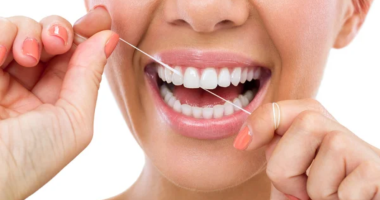Cutting On Sweets: Is It Enough To Beat Diabetes? – Dr Subhash Kumar Wangnoo shares simple lifestyle changes that can contribute towards reducing excessive sugar consumption in the diet.
Uncontrolled Diabetes can lead to health problems, including heart disease, stroke, kidney disease, nerve damage and eye problems. In addition, the condition before the diagnosis of diabetes, Prediabetes, increases the risk of developing type 2 diabetes. Fluctuations in sugar levels may lead to sugar cravings. In an average individual, after ingesting food, especially the ones with high sugar content, the blood sugar levels spike and the body releases insulin to lower it to an average level. However, if insulin lowers blood sugar in a few people, there is an intense feeling of “hunger pangs”, which improves after eating something. This usually happens in either prediabetics or poorly controlled diabetics.
The number of diabetics has grown exponentially over the previous few years. The paradox is that when life expectancies are increasing, the age at diagnosis is coming down. Just imagine how many years a young person with diabetes will be exposed to! There are three types of diabetes:-
- Type 1 diabetes: The body’s immune system fails to recognise the insulin-producing cells in the pancreas and attacks these cells, leading to a complete deficiency of insulin.
- Type 2 diabetes: Cells stop responding appropriately to insulin, which affects their ability to take up glucose from the blood. This is known as insulin resistance.
- Gestational diabetes: Diabetes that is diagnosed for the first time during pregnancy and usually resolves following pregnancy.
For people with diabetes, it is also necessary to consume regular snacks, as blood sugar drops if one stays on an empty stomach for too long. While people enjoy eating sugary foods occasionally, there is no problem in including them as a treat sometimes and as part of a healthy, balanced diet. However, Dr Subhash Kumar Wangnoo, Apollo Centre for Obesity, Diabetes and Endocrinology, Indraprastha Apollo Hospitals, shares simple lifestyle changes that can contribute towards reducing the consumption of excessive sugar in the diet. This could include:
- Consumption of foods rich in soluble dietary fibre and magnesium like cabbage, cauliflower, spinach, lentils and peas, beans, rajma, soya, whole grains and seeds etc. Research states that soluble dietary fibre has been demonstrated to slow digestion and absorption and effectively reduce blood sugar and cholesterol levels.
- Fruits rich in vitamin C, such as amla, guava, and citrus fruits like lemons, oranges, grapefruits, etc., should be consumed. They do not add much to your blood sugars and, at the same time, protect the patient from other complications.
- Nuts like peanuts and almonds can be taken in small portions. Peas or beans with pods are of great benefit to people with diabetes.
- Choose healthier snacks such as unsweetened yoghurts, unsalted nuts, seeds, fruits and vegetables.
- Consumption of artificial sweeteners (in limited quantity) in place of sugar.
- Keep an eye on reduced-fat foods, as many contain more sugar. Home








